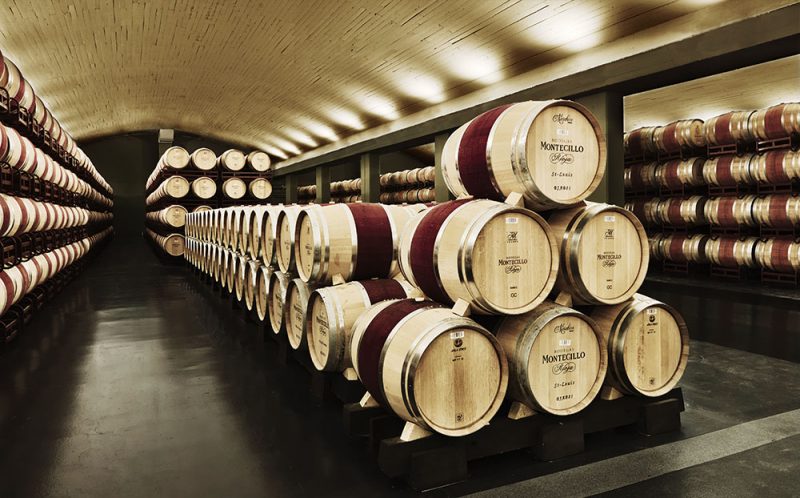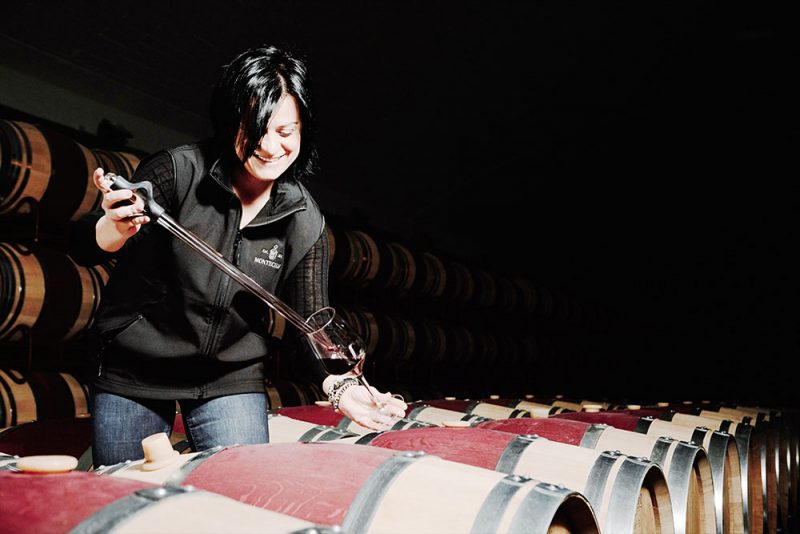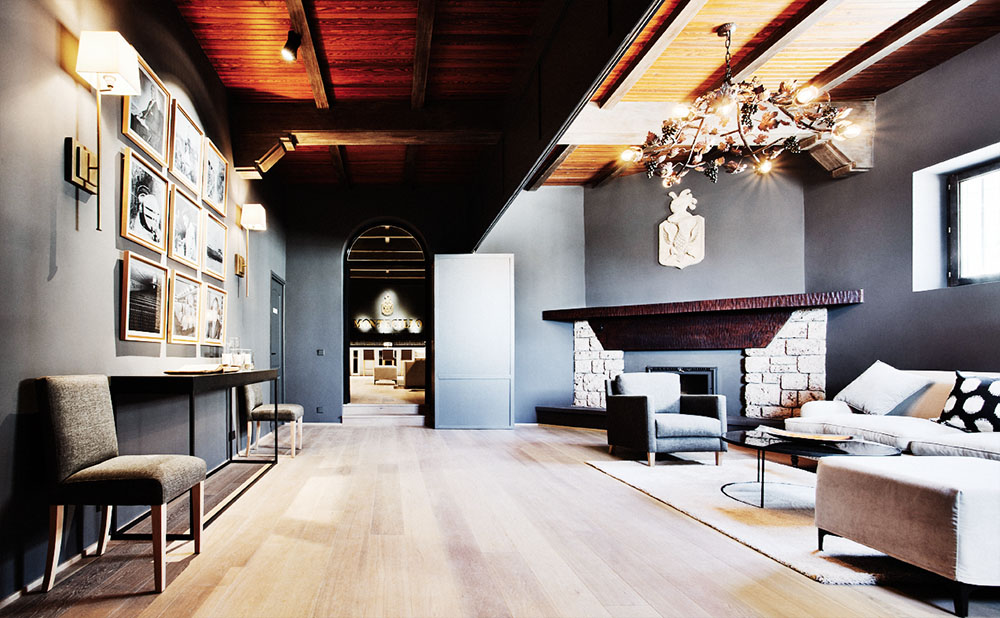A soft breeze offers little respite from August’s sultry heat. Thursday night and the streets of Madrid are alive. Dinner at La Cocina de San Antón – a fabulous open-air restaurant on the roof of the San Antón Market – wrapped up (deliciously) some time ago. At close to midnight, the crowd is thinning…slightly. I’m hunkered at the bar with a last glass of silky Montecillo Reserva tinto – the wine that had accompanied my now past repast. I’m waiting for Carlos who I first met in Haro some six years ago. We had hit it off spectacularly then, and had promised to stay in touch upon my leaving.
Unfortunately, Carlos is one of few words. Worse still, he rarely visits Canada, so his presence over the years has been virtually non-existent. The opportunity to meet up again after such a long absence had me nervously checking my watch.
Suddenly, ushered in with a knowing smile and a subtle nod from my bartender, Carlos appears. His bronze hue seems to shimmer, and a subtle but captivatingly familiar scent wafts towards me. Though showing restraint, there’s no denying Carlos is here to offer an intense experience. Carlos touches my lips. My tongue tingles….
Now let’s just stop right here. I know what you are most likely thinking. The San Antón Market is located in the heart of Madrid’s Chueca neighbourhood – the epicentre of the city’s LGTBQ2 community. So naturally I’m here for a “mano a mano” hookup with the elegant and sophisticated Carlos, my Spanish “conquistador,” no? Well as much as I hate to disappoint you, “no” is the answer. I am decidedly straight (as much as this seems to actually be a social disadvantage at times). And Carlos isn’t even a guy! Ha!



